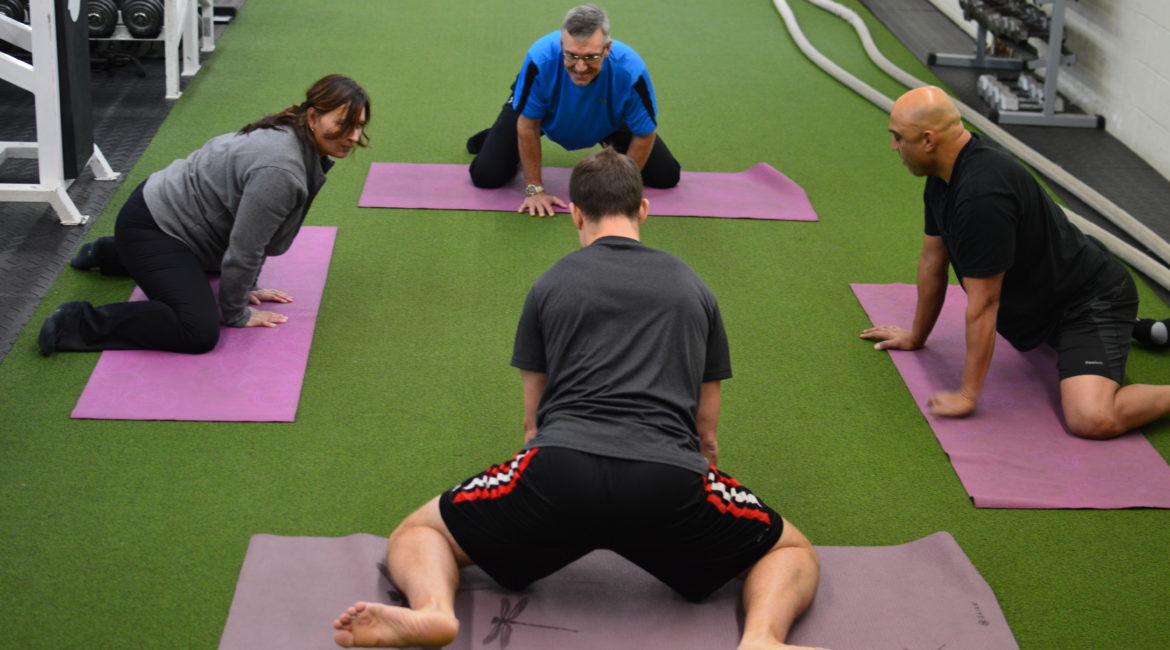Mobility Training

“By failing to prepare, you are preparing to fail.” Benjamin Franklin
You brush your teeth daily to prevent dental decay/disease, but do you spend time every day on maintaining and optimizing your joint health? Although you may believe your current exercise routine is enough, ask yourself if your routine trains each of your joints through the full range of movement (using the entire capability of said joint) at a challenging intensity? And further, do you challenge your joints sufficiently to prepare them for your sport, work or recreational demands?
Mobility training involves challenging joints, nerves and soft tissue in varying positions to expand and control movement (see video below). Like strength training, the process of actively stressing our tissue with sufficient intensity results in specific adaptations improving joint and soft tissue movement capacity and nervous system function. For example, if you train your ankle in the position most commonly sprained (see video below), over time your ankle will be better prepared to absorb load and control movement in this rolled position. Mobility training is not a “quick fix”; it should be a slow progressing process which is best incorporated into a regular exercise and training routine.
Although we cannot prevent all injuries, we can most definitely train mobility and ultimately improve tissue resiliency. A well designed and executed mobility training program combined with a corresponding strength program is your best injury prevention plan and your best bet to maintain healthy joints and soft tissue for a lifetime.
